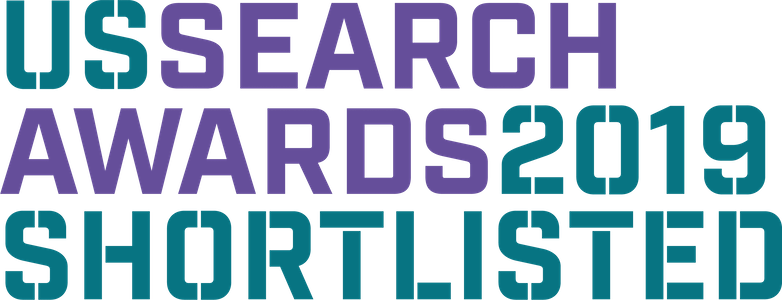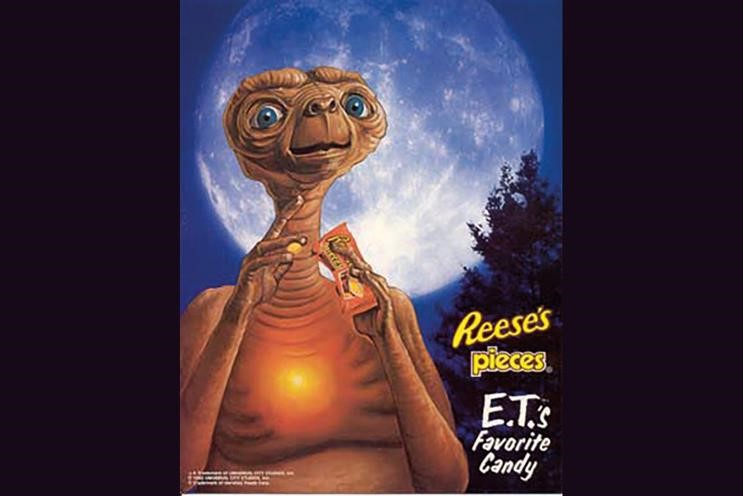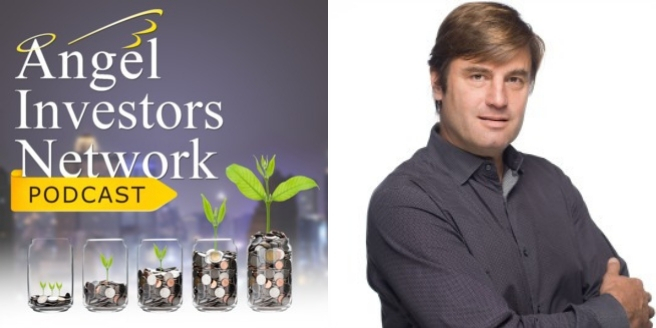How to Make a Strong Digital Start in 2020
Fast Out of the Gate: How to Make a Strong Digital Start in 2020
by Chris Glazer
When I was in business school, I was introduced to many impactful minds of past and present business leaders. Somehow, the quote that stuck the most is from perhaps the oldest modern business leader, Peter Drucker, known as the father of modern management.
He wrote,
“Because the purpose of business is to create a customer, the business enterprise has two–and only two–basic functions: marketing and innovation. Marketing and innovation produce results; all the rest are costs. Marketing is the distinguishing, unique function of the business.” Peter Drucker, Father of Modern Management
This insight has stuck with me for the past several years, in part, because it is quite simple, but also because it rings true with every company I have encountered. Working in a marketing agency, I come across countless organizations- from B2B technology firms to large e-commerce companies to small local service companies. These businesses differ vastly in specialization, focusing on selling their SaaS product, golf clubs, air filters, pest control, or popcorn, but they all have a few things in common: they have a vision for what makes them different from their competition and they have innovation that makes them special. However, they also typically struggle to properly market themselves in the vast digital landscape we find ourselves in. Marketing has evolved significantly over the past few decades, and there are now so many ways a business needs to market themselves that it can become dizzying.
The difference between a great idea and a great business is marketing. It is said that Thomas Edison, who invented some of the most important inventions in the 20th century, was a terrible businessman and never made much money from his inventions. In this day in age, the struggle for businesses remains the same: how do we market ourselves correctly and create loyal customers?
How can you push the envelope in 2020? Focus on marketing. Read on as we explore.
Focus on Finding the Right Ways to Reach your Customers
Every business needs marketing, but with so many techniques and channels, where should the focus be? The quick answer is that it depends on your business, as there is no one channel or technique to successfully market your business. You must analyze which channels are most profitable for you and test different marketing channels. If you are not engaging in digital marketing online, your first goal for 2020 should be building a digital marketing plan- because your competition most certainly is. For some companies, the tried and true mailer is still the most important marketing technique. Likewise, other companies successfully use cold calling to reach its customers. However, almost all companies can benefit from digital marketing online, but don’t take my word for it- just see what your competition is doing. The following are three of the most important channels for online marketing that all companies should be testing, analyzing the ROI for, and building new strategies for in 2020.
Social Media in 2020
Social media can be an important part of your digital marketing mix, but don’t expect your organic social to do much for you. Most companies need to make sure their profiles are built out and appear professional on major social media sites (Facebook, LinkedIn, Twitter, Instagram), but unless you have already built up a giant following, spending too much time on organic social can be a waste of time and money. To reach the audience you need on social media, expect to spend money on paid social. You also need to pay attention to which social media channels you are investing in and test to figure out where you get the most engagement for your money. This helps ensure you are reaching the audience you need to reach. Social media should also be thought of as top-of-funnel, meaning building awareness to your brand. Social media typically does not yield strong conversion rates, but some business types are able to do it quite successfully.
# 1 Social Media Tip for 2020 from Apogee
Pay to play in the spaces that matter most to potential customers. Social media is at its most powerful at the brand level, introducing new audiences across Facebook, Twitter, Instagram, Pinterest, LinkedIn, Snapchat, and TikTok to the products and services provided by your business. This introduction cannot be made without using the advertising systems in these channels.
To acquire new audiences for your brand, craft audience targeting around your topics of expertise and their interest in those topics. Serve those audiences with short, easy to consume video content formatted for mobile. And then retarget engaged users to guide them along the customer journey.
Using social media advertising in this way creates highly qualified audiences at a much lower cost for audience acquisition than depending on paid search alone. Michelle Stinson Ross, Senior Social Media Strategist
Paid Search, Google Shopping, and Display in 2020
Paid search can be a highly effective way to reach your customers. In 2020, most people use Google (and other search engines) to find what they are looking for. If you are selling a product, you need to be on Google paid search, Google Shopping, and be remarketing with display ads. Be careful of overusing display, however, as we can all get sucked into the pure volume of traffic without doing a full ROI analysis. Display is cheap, but the traffic is typically poor quality. Within paid search, shopping, and display, there are many different targeting tactics and campaign types. Make sure you are endlessly testing and analyzing your results to maintain as high an ROI as possible.
For companies that are not directly selling a product online, or who are selling a low-cost product, paid search should be used more sparingly. It is increasingly expensive, particularly in competitive spaces, so make sure you are running a professionally managed, granular account. For some companies, paid search will not yield the results they are looking for. It should always be tested as a channel to possibly break into, but if you aren’t doing paid search already, make sure the person who is running it knows what they are doing and that you have a significant budget (and patience) for such a test.
#1 Paid Search Tip for 2020 from Apogee
Many advertisers we see do not have extensive extension options built into their ads. Having multiple extensions at the account and/or campaign level can really bolster up an ad. The extensions we most often see in accounts are callout extensions since they require the least information/time. Having sitelink extensions helps lead the customer to a more specific page so they are more likely to spend time/convert. Call extensions are great if you have a sales team built out and are able to direct calls efficiently. Review and location extensions can especially help when a customer may be in a hurry to find an item or fulfill a need.
Going into 2020, customers will continue to want efficiency in their quest for goods and services. Having extensions helps you by bolstering your ads in size and accuracy but also helps the customer see when you offer exactly what they want. Lena Sidhu, Senior Paid Search Strategist
SEO in 2020
Search engine optimization is a marketing technique that is crucial to most companies, and yet, it is typically the most neglected channel. Why is this? The answer is two-fold: it is difficult to understand, and it takes time to see results. Companies do not want to be patient, with board members and CEO’s demanding instant results, but strong SEO work often yields the highest ROI over time. If you don’t have a specific SEO strategy in place, 2020 is the perfect time to start. SEO includes three main tactics: technical SEO, on-page or content SEO, and off-page SEO. All are important.
- Technical SEO is the practice of ensuring that Google (and other search engines) can properly understand your website and, in turn, serve your webpages as results in their Search Engine Results Page (SERP). This is of the utmost importance, because if Google cannot understand your website, it doesn’t matter how good your content is.
- On-page or content SEO is a process of understanding what keywords users are typing into search engines and optimizing your web pages so they properly target these queries.
- Off-page SEO is a practice of building links from other websites back to your website. This tells Google that others find your content important.
All three tactics are important, but you need to make sure that the person or agency who runs your SEO is competent enough to keep up with Google’s constantly changing search algorithm.
#1 SEO Tip for 2020 from Apogee
Companies need to spend more time talking about what they do in natural language.
We can’t rely on keywords as a data source alone and need to focus on true questions people have about products/services that the company offers. Search is changing and queries need to be answered in plain english, hindi, spanish or what have you.
According to Google’s recent update “small tables end” = “small end tables” = “good end tables for my living room” this is not new per say, but Google has announced they’ve gotten better at assessing content for natural language and human readability. We have seen sites that do this well gain more traction and sites that do this poorly start to lose rankings in recent months. Brent Schiffman, Senior Search Engine Optimization Strategist
Most of All, Don’t Give Up
Marketing can be frustrating. You can try multiple practitioners, agencies, and tactics but still not get the results you need. It is important to remember, however, what Peter Drucker said. All too often, I see when a company begins to struggle, the first budget that is slashed is marketing. The instinct makes sense from a human psychological standpoint, but ultimately, it is the opposite move to get your company back on track.
Our capabilities in digital marketing include organic and paid search, local SEO, social media marketing, content strategy and development, and influencer marketing. We have proven results over 20 years across a broad range of businesses. Our difference is in our proven capabilities, industry thought leadership and client focus.
We know the way is not always clear. Don’t brave the digital marketing world by yourself. Connect with us and let us join you in developing your digital footprint.
 Chris Glazer is the Senior Director of Client Operations at Apogee Results. He helps clients grow. His responsibilities include sales, managing and growing high-priority clients, and acting as an operational leader for the company. He strives to look at the whole picture of a business and use marketing to help companies achieve their goals.
Chris Glazer is the Senior Director of Client Operations at Apogee Results. He helps clients grow. His responsibilities include sales, managing and growing high-priority clients, and acting as an operational leader for the company. He strives to look at the whole picture of a business and use marketing to help companies achieve their goals.
To get updated information about the team at Apogee Results, please follow us on your favorite social media channels.



 Here’s an example. Let’s say you’re a popcorn company selling in only one state and your average customer typically visits a certain set of websites and is in a specific age demographic. You have competitors in the area that are larger than you. In this scenario, search ads may be a bit expensive to run. Display ads would be a great option. You can target your ads to the specific state or even city/zip code you are able to sell in. You can also target specific age demos. Lastly, you can target people who have visited your competitors’ websites or websites like their websites. This way, when someone is searching for popcorn and happen upon a similar site to your competitors, they will potentially get served a display ad for your popcorn later.
Here’s an example. Let’s say you’re a popcorn company selling in only one state and your average customer typically visits a certain set of websites and is in a specific age demographic. You have competitors in the area that are larger than you. In this scenario, search ads may be a bit expensive to run. Display ads would be a great option. You can target your ads to the specific state or even city/zip code you are able to sell in. You can also target specific age demos. Lastly, you can target people who have visited your competitors’ websites or websites like their websites. This way, when someone is searching for popcorn and happen upon a similar site to your competitors, they will potentially get served a display ad for your popcorn later. Lena Sidhu is a part of Apogee’s paid marketing efforts. She has previously managed multi-million dollar per month campaigns with positive results. Lena worked in-house at a large insurance company prior to starting her career at Apogee. In her current role, she is responsible for developing strategy for clients and the subsequent implementation of that strategy.
Lena Sidhu is a part of Apogee’s paid marketing efforts. She has previously managed multi-million dollar per month campaigns with positive results. Lena worked in-house at a large insurance company prior to starting her career at Apogee. In her current role, she is responsible for developing strategy for clients and the subsequent implementation of that strategy.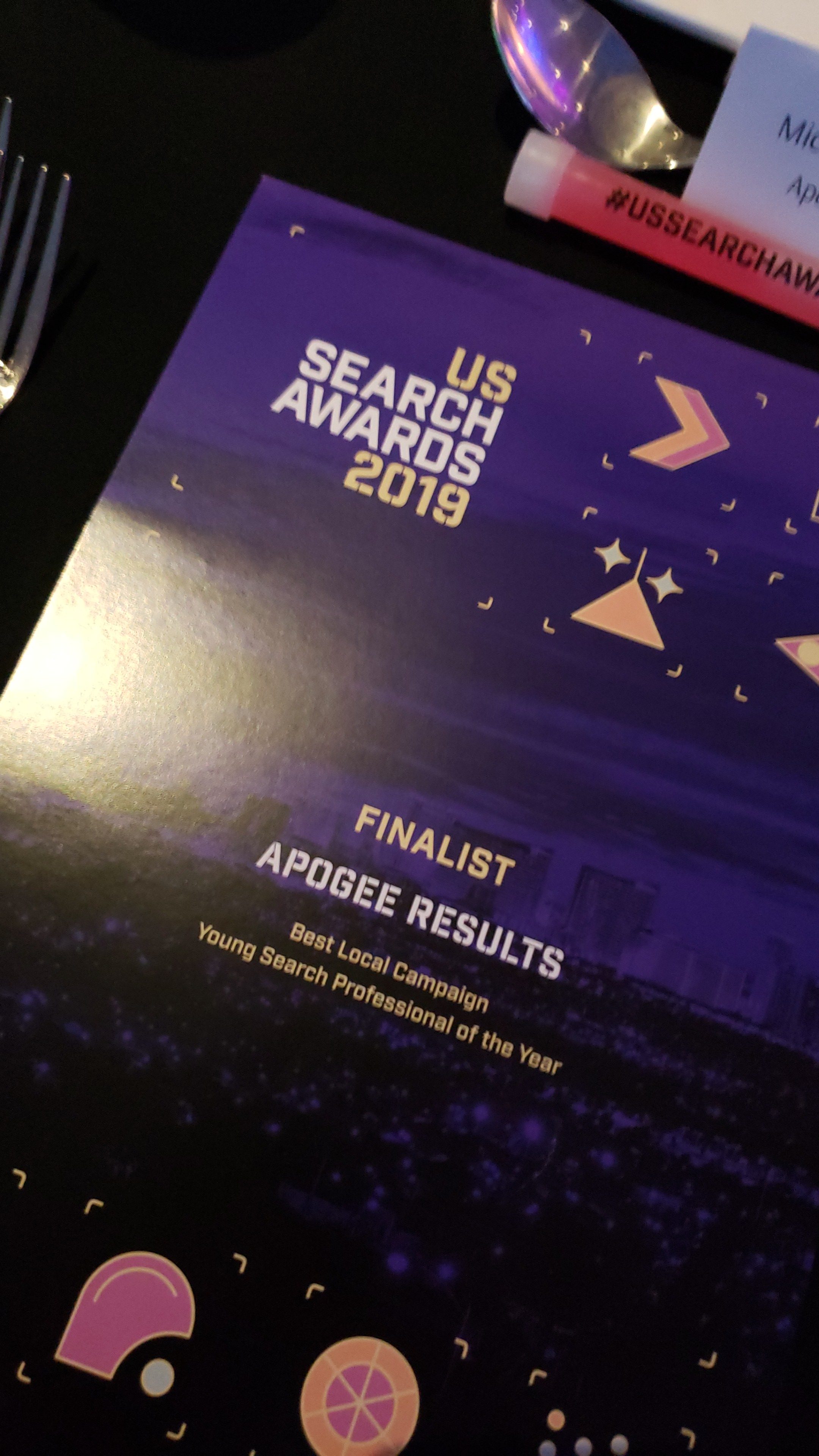
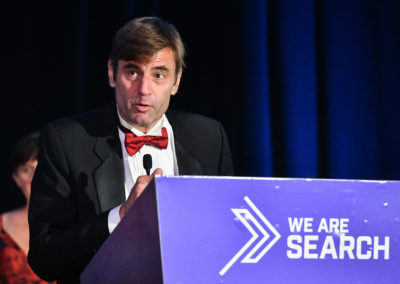


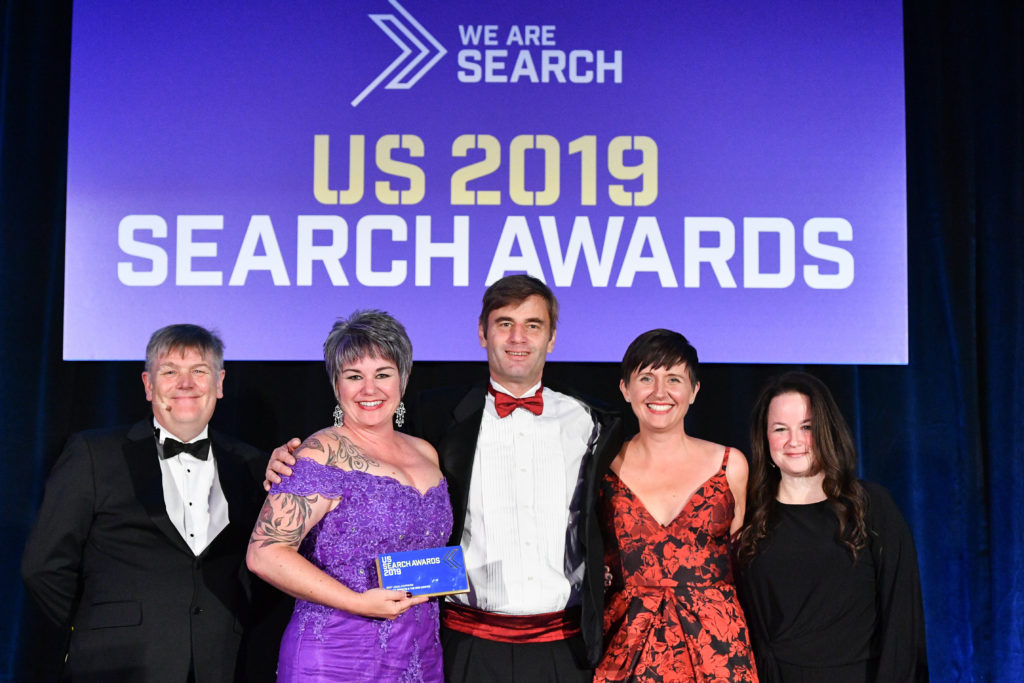
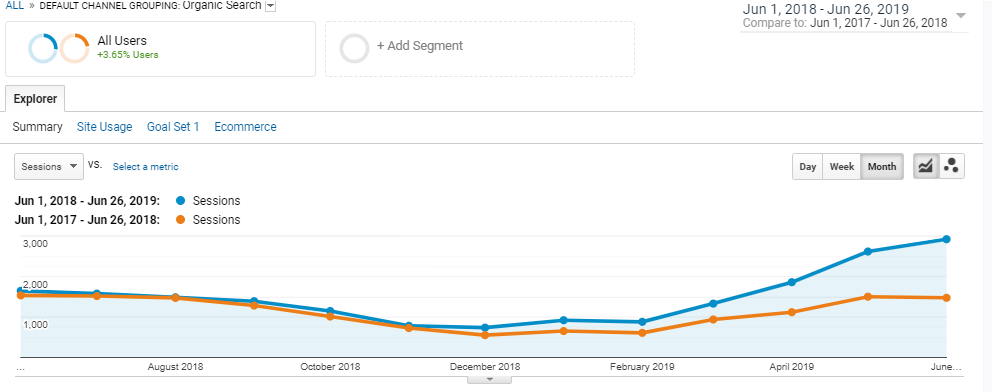
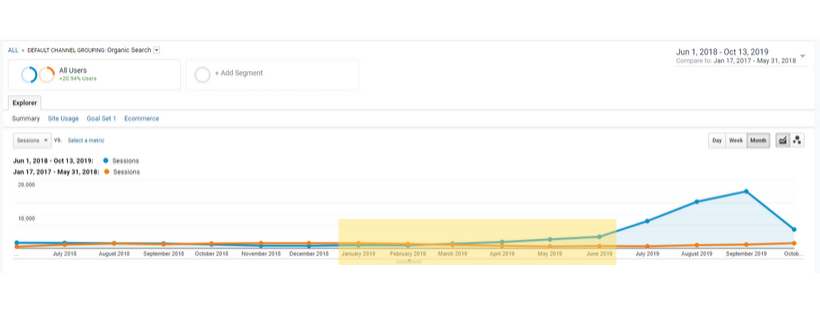



 Patrick Dunn leads Apogee’s Paid Search department. His team is responsible for the strategy, implementation, and growth of all Paid Marketing efforts. He has experience working both in-house and at agencies in both Houston and Austin. He has successfully managed campaigns across multiple industries including several multi-million dollar a month campaigns.
Patrick Dunn leads Apogee’s Paid Search department. His team is responsible for the strategy, implementation, and growth of all Paid Marketing efforts. He has experience working both in-house and at agencies in both Houston and Austin. He has successfully managed campaigns across multiple industries including several multi-million dollar a month campaigns.

 Lena Schulz is Apogee’s newest Social Media and PPC Full Time Intern. She graduated from Loyola University Maryland with a degree in International Studies and Marketing. She assists our team by providing clients with community social media management, PPC strategy and content writing. In her free time, she loves to work on graphic design, discover new foods and relax by the nearest body of water.
Lena Schulz is Apogee’s newest Social Media and PPC Full Time Intern. She graduated from Loyola University Maryland with a degree in International Studies and Marketing. She assists our team by providing clients with community social media management, PPC strategy and content writing. In her free time, she loves to work on graphic design, discover new foods and relax by the nearest body of water.
